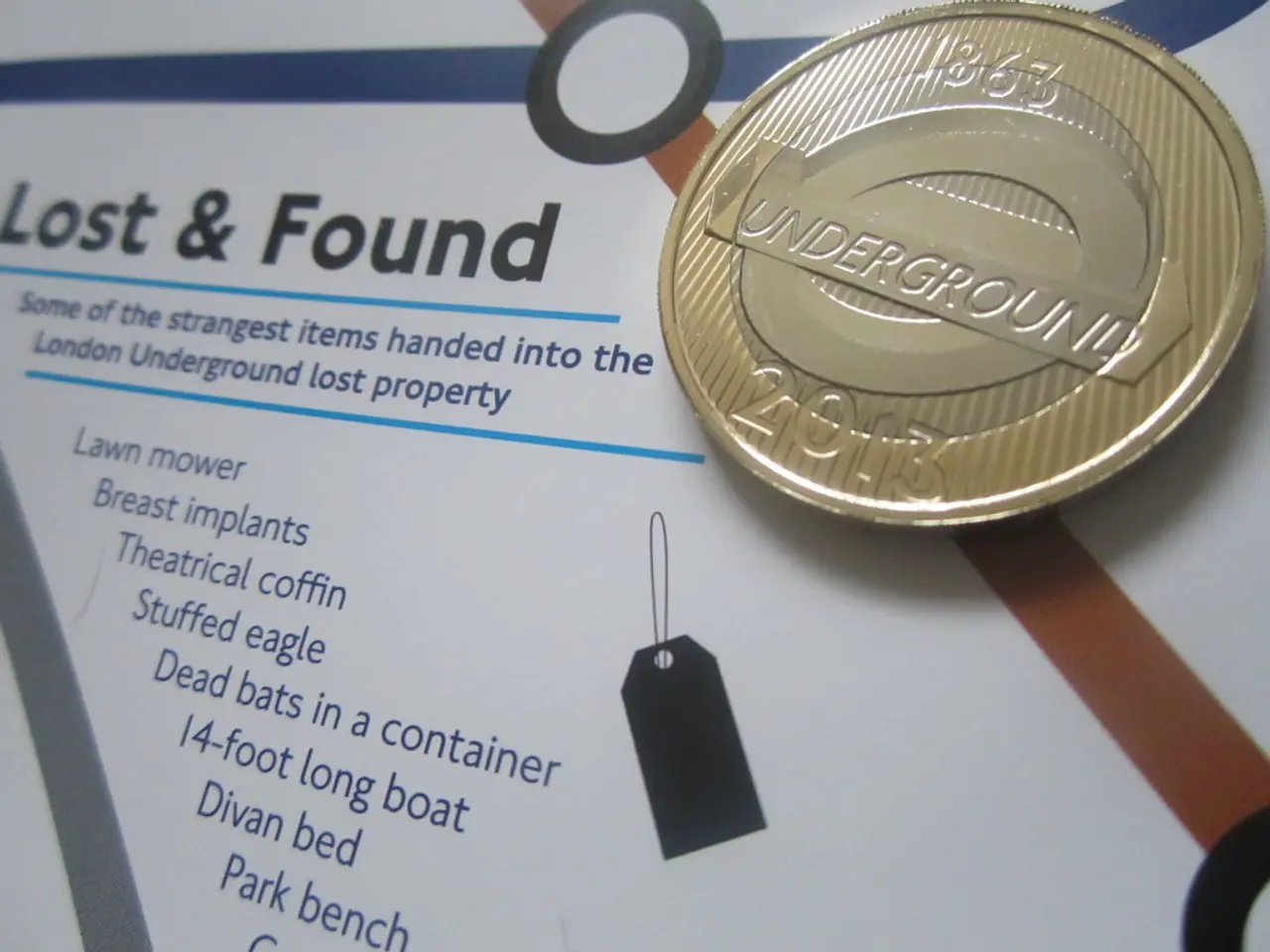Imposing a ban on Chinese copper imports could impose a $85 billion financial burden on the Western world, potentially weakening global industrial sectors.
Let's spill the beans So, according to WoodMac, China accounts for about 97% of global copper smelting and processing, churning out a whopping 3 million tons per annum. Politicians from the West have been clamoring to wean themselves off Chinese copper for the past five years. However, transitioning from talk to action isn't a walk in the park and would require substantial investments plus a disruption of global supply chains, which could upend the market as a whole.
Significant copper reserves are tucked away in countries, such as the US and Brazil, while India is stepping up its smelting game. But, Chinese copper products are more affordable and meet quality and sustainability standards, making them hard to beat in the global market.
The report indicates that China takes up around 50% of the global market for copper rod. Nick Pickens, Wood Mackenzie's head of mining analysis, predicts that similar production facilities in Europe have higher operating costs and lower utilization compared to their Chinese counterparts. He also suggests that US government initiatives to create an equivalent industry won't guarantee "long-term stability" if they aim to replace Chinese supplies.
Professor Zhao Sicun from the People's University of China in Beijing agrees. He fears that if the US abandons a low-cost, efficient industry like China's, it will jeopardize production chains. Western politicians may get the votes they need to implement these plans, but the industry might suffer.
Now, what can Western countries do to compete with China's copper industry? Well, they can:
- Sociate with Central Asian partners: Through diplomatic initiatives like the C5+1 Critical Minerals Dialogue, Western countries can access mineral reserves in Kazakhstan, Uzbekistan, and Tajikistan, despite logistical challenges.
- Build coalitions in Africa: China's increased interest in African copper has highlighted significant reserves in countries like Zambia and the DRC. Western partnerships could involve direct mining investments or refining agreements to sidestep Chinese intermediaries.
- Forge bonds in Latin America: While Chile and Peru are faced with resource depletion, undiscovered deposits in countries like Argentina and Ecuador can be tapped through joint ventures or trade incentives.
- Revive abandoned mining projects: Streamlining permitting and offering subsidies can encourage environmentally-friendly extraction for stalled projects.
- Deep-sea mining: The US is exploring seabed nodules rich in copper and other metals, planning to establish a strategic reserve to secure supply during disruptions.
- Expand urban mining: Advanced recycling technologies can recover copper from e-waste and industrial scrap.
- Substitute materials: Researching alternatives like aluminum or graphene for electronics and wiring could reduce reliance on copper.
- Join forces for market leverage: The Partnership for Global Infrastructure and Investment (PGII) could pool resources to fund mines, refineries, and transport corridors globally.
- Establish shared reserves: Creating strategic reserves to stabilize prices and deter monopolistic practices could counter China's pricing advantages.
- Match subsidies and tariffs: Matching Chinese state-backed financing and imposing duties on Chinese refined copper can protect domestic industries while ensuring compliance with WTO rules.
Despite these strategies, China's existing control over refining infrastructure and the environmental impact of accelerated mining present challenges. However, recent US executive orders and the G7's focus on critical minerals suggest growing political initiative to tackle supply chain vulnerabilities. Stick around for more news on our Telegram channel @expert_mag
- The US, Brazil, India, and other countries have significant reserves of copper, but Chinese copper products are more affordable and meet quality and sustainability standards, making them hard to beat in the global market.
- Western countries can compete with China's copper industry by socially engaging Central Asian partners for mineral reserves, building coalitions in Africa, forging bonds in Latin America, reviving abandoned mining projects, deep-sea mining, expanding urban mining, substituting materials, joining forces for market leverage, establishing shared reserves, and matching subsidies and tariffs.
- The US is exploring seabed nodules rich in copper and other metals, planning to establish a strategic reserve to secure supply during disruptions.
- Despite these strategies, China's existing control over refining infrastructure and the environmental impact of accelerated mining present challenges, but recent US executive orders and the G7's focus on critical minerals suggest growing political initiative to tackle supply chain vulnerabilities.






